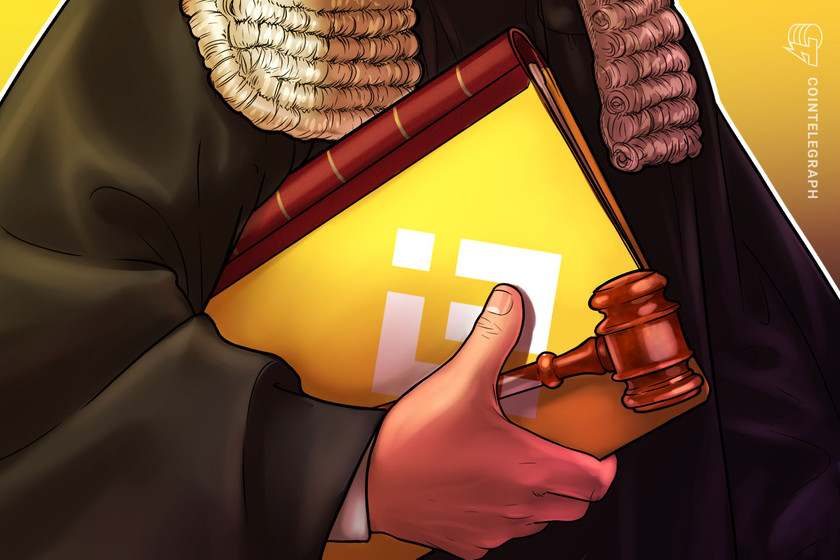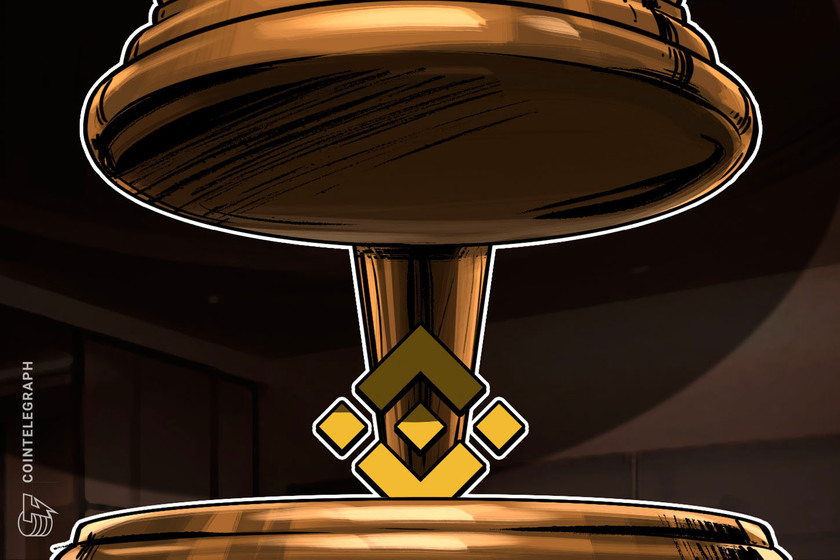Bitcoin price briefly hits $29K despite recent Binance crackdown


Despite ongoing crypto crackdowns, the price of BTC briefly tipped over $29,000on March 30, clocking a new high for 2023.
The price of Bitcoin (BTC) briefly tipped over $29,000 on March 30, recording a new high for the year, despite recent United States regulatory crackdowns on crypto firms and related uncertainty.
According to Cointelegraph Markets Pro, the price of Bitcoin reached $29,132.82 on March 30, reaching levels seen just before the collapse of cryptocurrency exchange FTX in early November 2022.


The increase comes despite a range of regulatory crackdowns in recent days, such as the United States Commodity Futures Trading Commission lawsuit against Binance and its CEO Changpeng “CZ” Zhao on March 27.
Bitcoin’s price bounce-back in the wake of such a bombshell development drew surprise from many industry commentators. Some believe this is due to speculation the lawsuit will only result in minor fines for the leading crypto exchange by transaction volume.
Related: Bitcoin price jumps above $28K after 1.5K BTC shorts ‘blown out’
The Crypto Fear and Greed Index — which aims to numerically present the current “emotions and sentiments” toward Bitcoin and other large cryptocurrencies — has been steadily increasing over the last month, despite wobbles in the global banking sector.


Some traders have argued that the recent price rebounds may have been due to large-volume traders buying back in, which was more related to their buying strategies rather than fundamentals.



































